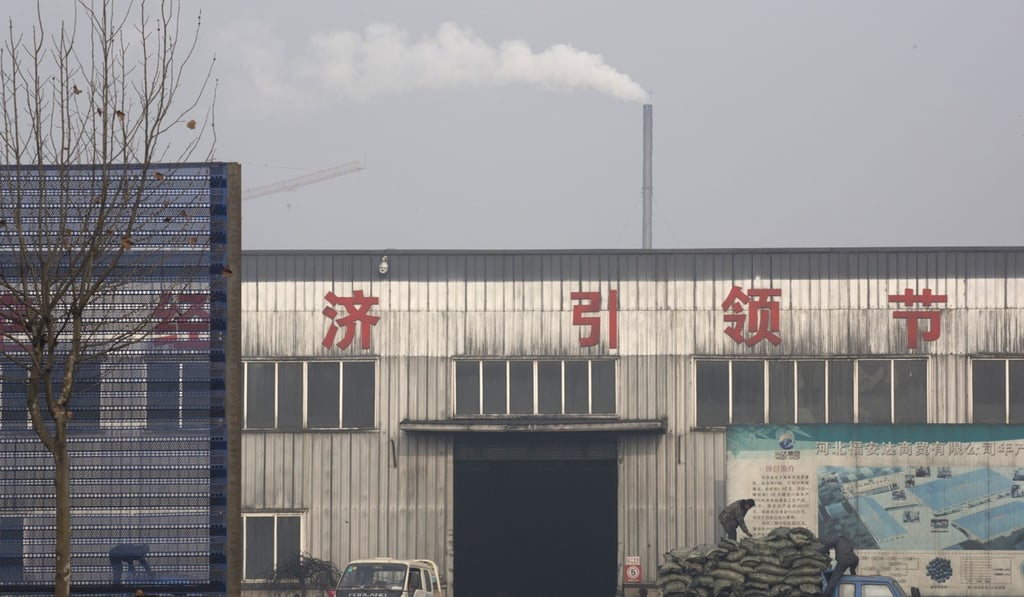Advertisement
How the ‘Belt and Road Initiative’ can be China’s path to green leadership
Wai-Shin Chan says China can use its global influence to extend its domestic environmentally friendly agenda to its projects abroad. Adopting green financing can have a huge impact on encouraging the construction of sustainable infrastructure
Reading Time:3 minutes
Why you can trust SCMP
0

China’s “Belt and Road Initiative” is being billed by President Xi Jinping as “the project of the century”. But this ambitious plan must also be economically and environmentally sustainable.
China has been building its domestic infrastructure for many years, but as its economy matures and this spending ebbs, its vast foreign-exchange reserves – about US$3 trillion – give it a “backup” supply of capital for financing global infrastructure. As China’s influence grows, there is an opportunity to showcase green leadership abroad.
The country is the world’s largest emitter of greenhouse gases, but it has embraced a green agenda domestically. It acknowledges its key role in limiting global average temperature rises to within 2 degrees Celcius through the Paris Agreement. Its carbon footprint has fallen since the economic reforms of the late 1970s. China now emits 73 per cent less carbon dioxide per unit of real GDP than it did 35 years ago, though it accounts for around a quarter of total global greenhouse gases.
China has become the new Japan, as nation eschews coal for natural gas in its war on air pollution

The severity of extreme events such as floods ... last year were magnified by climate change
Environmental protection is compatible with and good for growth. Greener energy and environmentally friendly technology drives new growth opportunities while a healthier and more productive labour force reduces the fiscal burden on health care.
Besides being the world’s factory and, increasingly, the world’s innovator, China’s endeavours overseas can significantly influence global emissions. Success at home – in renewable energy capacity and improving energy efficiency, and in world-class infrastructure and public transport – can be replicated abroad.
Many international financiers still do not take into account climate considerations when providing capital. However, there are signs this is changing.
Infrastructure should be designed and constructed to last, coping with not only historic patterns of usage, but also future wear and tear. The severity of extreme events such as floods, storms and wildfires in the past year were magnified by climate change. Infrastructure should thus be embedded with a higher level of climate resilience. Even if higher risk tolerance raises costs, preparation by resilience is more cost-effective than rebuilding after a disaster.
Advertisement